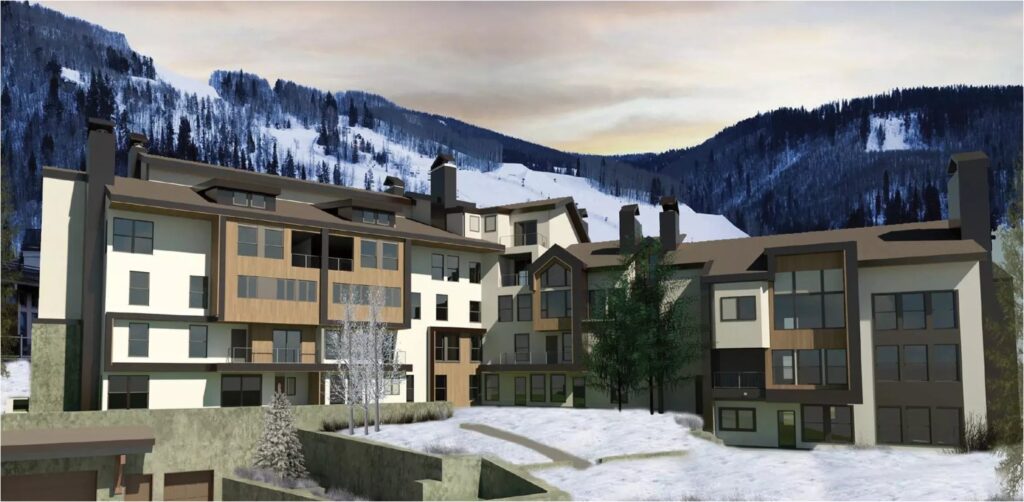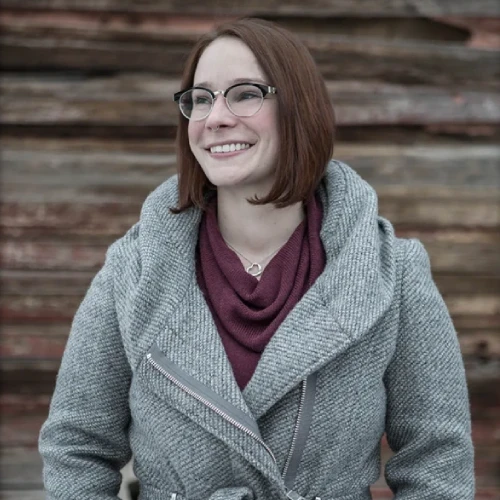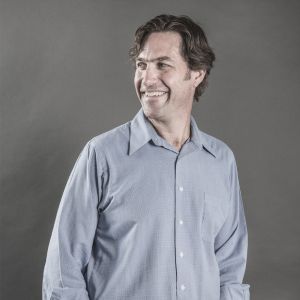Nestled amidst towering peaks and lush valleys, mountain resort architecture exemplifies the best of hospitality architecture, blending seamlessly with the surrounding landscapes. These structures are not just accommodations but masterpieces that combine functionality with aesthetic appeal. Architects face unique challenges when designing these havens, from harsh weather conditions to environmental preservation.
Our design carefully positions each beam and window to amplify the natural beauty and provide visitors with luxury and comfort. Whether it’s a cozy ski lodge or a sprawling resort, the architecture of these mountain retreats plays a crucial role in defining the visitor’s experience. Our design carefully positions each beam and window to amplify the natural beauty and provide visitors with luxury and comfort. As we delve deeper into the intricacies of mountain resort architecture, we’ll discover how these buildings mirror the majesty of their alpine settings.
Key Elements of Mountain Resort Architecture
Mountain resort architecture integrates advanced design principles to create aesthetically pleasing and functional structures in rugged terrains. These fundamental elements, such as open floor plans and the use of natural light, address the unique challenges of mountainous areas while enhancing the visitor experience.
Design Philosophy
The design philosophy behind mountain resort architecture prioritizes harmony and sustainability. Architects focus on creating cozy and inviting spaces that make guests feel deeply connected to the natural world outside. This approach not only meets the aesthetic requirements but also considers the practical aspects of energy efficiency and space utilization, fostering glass walls to serve the dual sense of peace and tranquility.
Integration with the Environment
Incorporating the resort into its surrounding environment is more than an aesthetic choice; it’s a necessity. We carefully design resorts to blend with the landscape’s contours, reducing visual impact while safeguarding native vegetation. The use of locally sourced materials not only reduces transportation impacts but also showcases the local character and geological features, fostering a sense of connection to the local culture and environment.
Materials and Construction Techniques
The choice of materials and construction techniques is critical for the durability and sustainability of mountain resorts. Architects often opt for materials like wood and stone, which are not only sturdy and insulating but also add to the rustic charm of the lodging. Advanced construction techniques such as prefabrication are employed to minimize on-site environmental disruption. Moreover, modern insulation and glazing techniques are applied to enhance thermal efficiency, ensuring that resorts are comfortable regardless of the external temperatures. The judicious use of such materials and methods results in structures that stand the test of time and weather and maintain a low environmental footprint.

Sustainability in Mountain Resort Design
Sustainability building practice becomes paramount in mountain resort architecture, essential for maintaining the delicate balance between luxury and environmental stewardship. Resorts harness innovative design strategies to achieve this balance, ensuring every aspect from construction to operation minimizes ecological footprints.
Energy Efficiency
Enhancing energy efficiency in mountain resorts starts with optimized architectural designs that capitalize on natural light and climate. Architects often incorporate large, south-facing windows that capture sunlight to reduce heating demands during colder months. Sustainable resorts might also integrate smart heating systems that adjust based on occupancy and external weather conditions. Photovoltaic systems, converting sunlight into electricity, further reduce reliance on non-renewable energy sources. These methods ensure that the resort operates sustainably and reduces operational costs over time.
Water Management
Effective water management is crucial in preserving the precious resources of mountain locales. Resorts adopt water-saving technologies such as low-flow fixtures and dual plumbing systems that recycle gray water for landscaping needs. Rainwater harvesting is another strategy implemented to supplement water supply naturally. These initiatives help resorts significantly decrease their water usage and contribute positively to the local environment.
Minimizing Environmental Impact
Mountain resorts are uniquely positioned to lead by example in minimizing environmental impacts. Strategies include using locally sourced materials that reduce transportation emissions and supporting local ecosystems. We design for and select contactors who’s construction processes to be less invasive, preserving native vegetation and minimizing landscape disruptions. Moreover, many resorts are moving towards zero-waste operations by implementing comprehensive recycling programs and reducing single-use plastics on their premises.
By addressing energy efficiency, water management, and minimizing environmental impacts, mountain resorts demonstrate a robust commitment to sustainability. These efforts ensure responsible operation within vulnerable ecosystems and elevate the guest experience by aligning with the values of eco-conscious travelers.
Architectural Innovations in Mountain Resorts
Mountain resorts are embracing innovative architectural designs that enhance the guest experience while maintaining harmony with the rugged terrain. These designs incorporate advanced technologies and creative solutions to address the unique challenges mountain environments pose.
Adaptive Designs for Extreme Weather
Adaptive architectural designs ensure mountain resorts remain resilient against extreme weather conditions. Architects utilize robust materials like reinforced concrete and treated wood, which withstand high winds, heavy snowfall, and potential landslides. Structures often feature steeply pitched roofs to prevent snow accumulation, reducing the risk of structural damage. Additionally, thermal insulation technologies are crucial in maintaining interior warmth during severe cold spells and reducing energy consumption.
Space Optimization Techniques
Space optimization is critical in mountain resort architecture, where terrain can limit buildable land. Architects employ multi-functional spaces that transform according to need, such as convertible indoor-outdoor areas that offer scenic views and natural light. Clever storage solutions and built-in furniture maximize usable space, ensuring guest comfort without clutter. Raised platforms and mezzanine levels also increase the area available for guest amenities, doubling existing spaces’ functionality.
Enhancing Guest Experience Through Design
Design elements that enhance the guest experience focus on creating a seamless connection with nature. Large, panoramic windows and open terraces allow uninterrupted picturesque landscape views. Incorporating elements such as natural stone and native wood in interiors provides a sense of place and adds to the aesthetic appeal. Furthermore, we employ noise-reducing materials to ensure a peaceful environment, crucial for resorts that offer a tranquil retreat from city life.
Through these innovations, mountain resorts offer safety, functionality, and a unique guest experience that resonates with mountainous landscapes’ natural beauty and serenity.
Conclusion
Mountain resort architecture stands at a crossroads of tradition and innovation. As architects strive to balance aesthetic appeal with sustainability, they’re not only responding to the immediate needs of the environment but also paving the way for future developments. Integrating advanced technologies and eco-friendly practices demonstrates a commitment to guest satisfaction and environmental stewardship. Despite the challenges of harsh climates and regulatory frameworks, the field is evolving rapidly, embracing change and opportunity. This dynamic approach ensures that mountain resorts remain viable and vibrant sanctuaries for visitors seeking solace in nature’s embrace.













